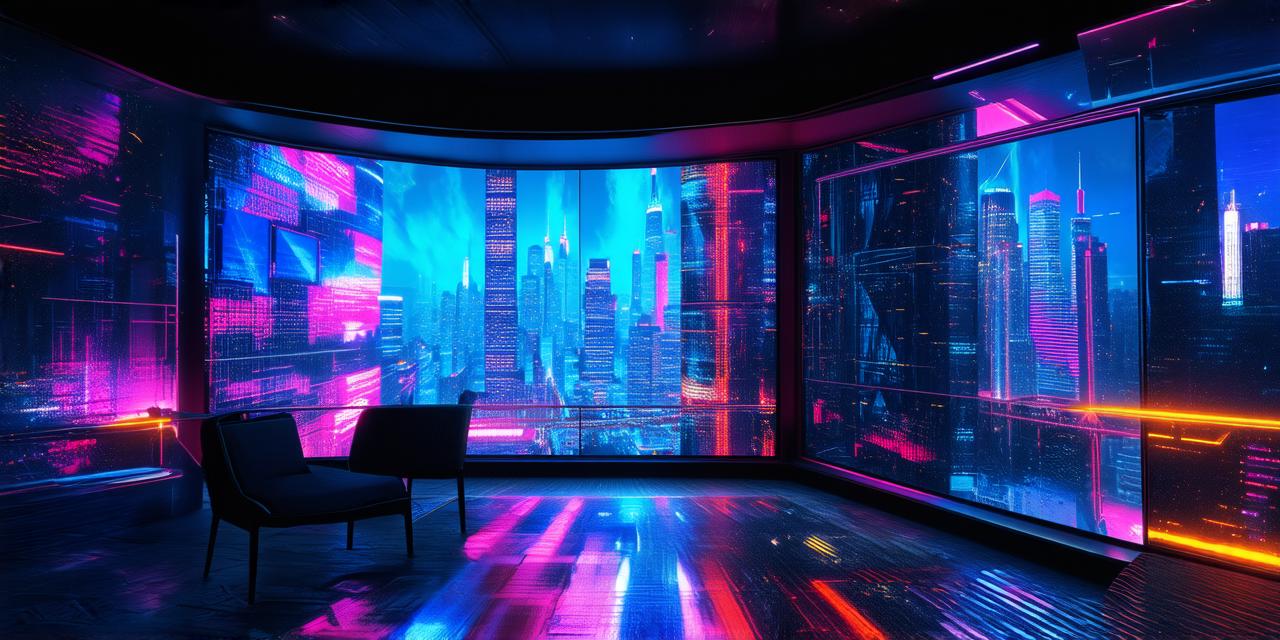Table of Contents
Introduction: What is the Metaverse?
Design Principles for the Metaverse
User Experience (UX) in the Metaverse
Virtual Reality (VR) and Augmented Reality (AR) in the Metaverse
Creating Engaging Content for the Metaverse
Building Community within the Metaverse
Case Studies: Designing Successful Metaverse Experiences
Summary: The Future of Metaverse Design
Introduction: What is the Metaverse?
The metaverse is a digital ecosystem that combines physical and virtual worlds, allowing people to interact, collaborate, and create in a shared space. It is a decentralized and interconnected network of platforms, applications, and devices that enable users to engage in immersive experiences across multiple dimensions. The term "metaverse" was popularized by science fiction author Neal Stephenson in his 1992 novel Snow Crash, but it has since become a buzzword in the tech industry, with companies like Facebook, Microsoft, and Samsung investing heavily in metaverse technologies.
Design Principles for the Metaverse

When designing within the metaverse, there are several key principles that can help ensure a successful and engaging experience for users. These principles include:
- User-centered design: Designing within the metaverse should always start with the user in mind. This means understanding their needs, preferences, and behaviors and designing experiences that are intuitive, accessible, and enjoyable to use.
- Interactivity: The metaverse is all about interactivity, so designers should aim to create experiences that encourage users to engage with the environment and each other. This can be achieved through features like chat, voice, and gesture recognition.
- Immersive experience: One of the key benefits of the metaverse is its ability to create a fully immersive experience for users. Designers should strive to create environments that are visually stunning, with attention paid to details like lighting, sound, and haptic feedback.
- Customization: Users want to feel like they have control over their digital environment, so designers should provide options for customization, such as avatar customization or the ability to personalize virtual spaces.
- Security and privacy: With the metaverse being a shared digital space, security and privacy are paramount concerns. Designers should ensure that user data is protected and that users have control over their personal information.
User Experience (UX) in the Metaverse
User experience (UX) is a critical aspect of designing within the metaverse. UX refers to the overall experience a user has when interacting with a digital product or service, including everything from ease of use to accessibility and enjoyment. In the metaverse, UX can be further enhanced by incorporating elements like social interaction, immersive environments, and customization options.
To create a positive UX within the metaverse, designers should focus on:
- Ease of use: Designing intuitive interfaces that are easy to navigate and understand is essential for creating a positive UX.
- Accessibility: Ensuring that all users can access and interact with the metaverse, regardless of their abilities or devices, is crucial for creating an inclusive experience.
- Engagement: Designing experiences that encourage users to engage with the environment and each other is essential for creating a sense of community and connection within the metaverse
